Parasitic plants make up around 1% of all plant species. Many, like these meadow plants, are partial- or hemi-parasites; this means they still photosynthesise to make sugar, but tap into the roots of their host to take water and nutrients. Essentially, they are piggy-backing on the investment their hosts have made in growing an extensive root system. The hemi-parasites can grow without a host but, in low-fertility soils where nutrients are harder to find, they will grow more vigorously with one.
Look out for the following parasitical plants on your spring wanders.
A field guide to parasitic plants in UK grassland
Yellow rattle (Rhinanthus minor)
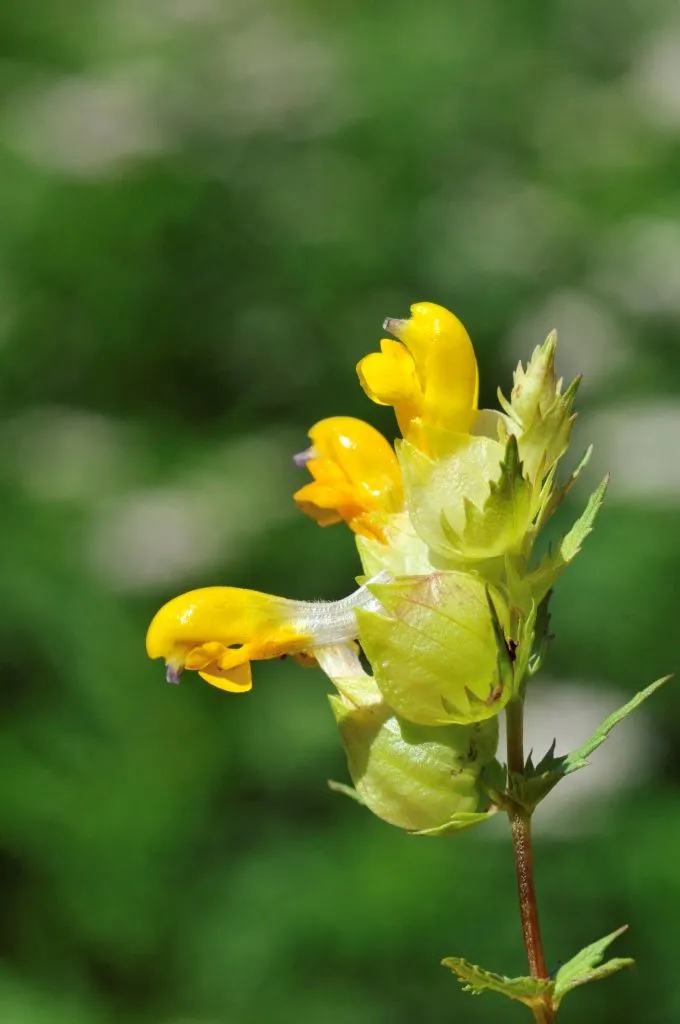
Rhinanthus Minor. Yellow Rattle. Cockscomb/Credit: Getty
Flowers from May to August in grasslands throughout the UK and has distinctive seed pouches that rattle when dry.
Red bartsia (Odontites vernus)
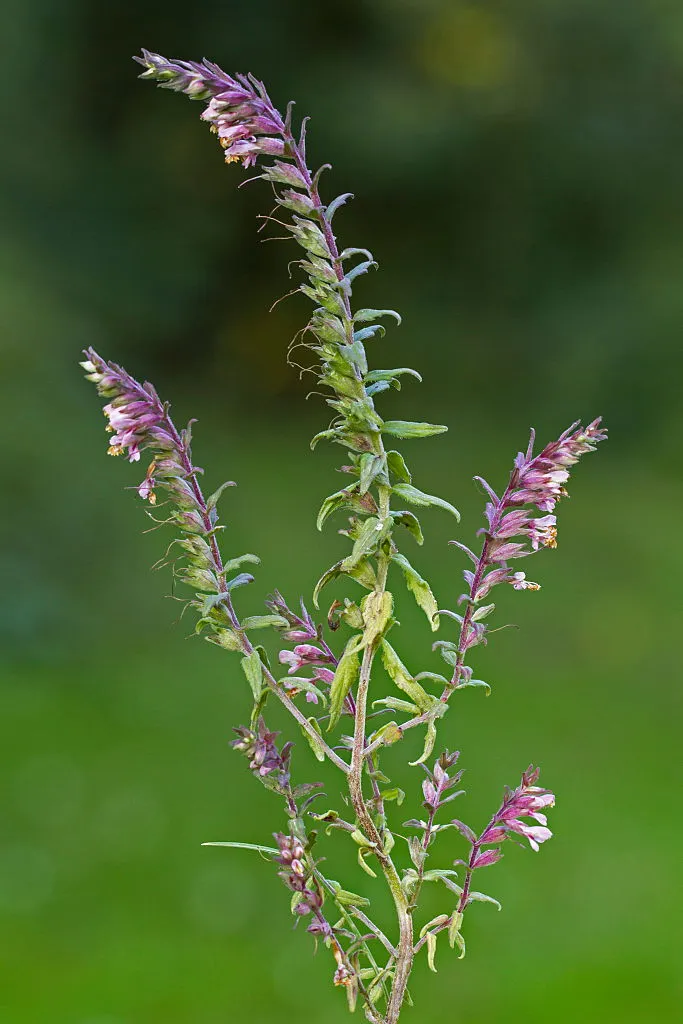
Slender purple-tinted flower spikes appear from June to September in rough grassy places throughout the UK.
Yellow bartsia (Parentucellia viscosa)
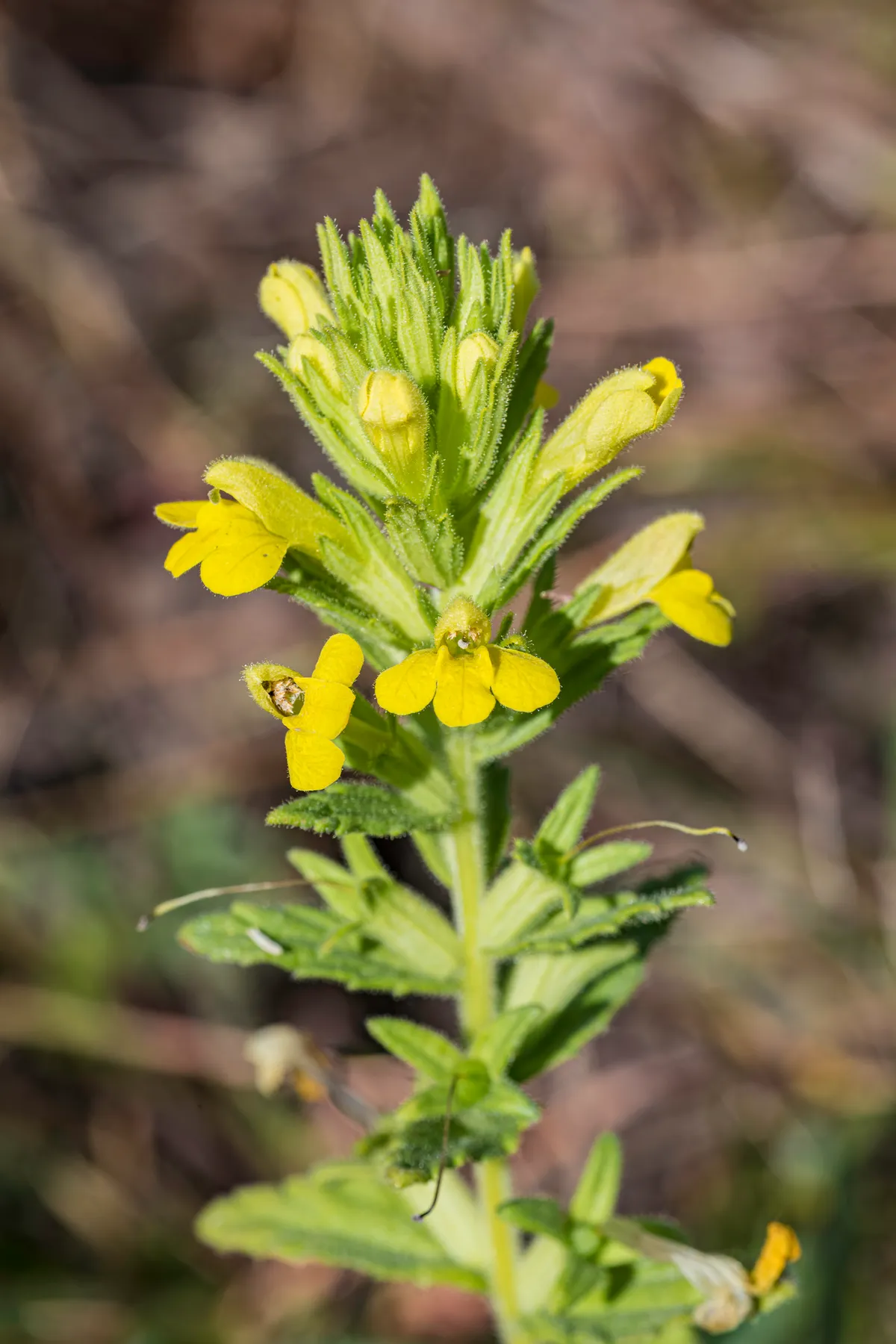
Produces sticky yellow flower-spikes (below) in grassy heaths and verges from June to October in the west of the UK.
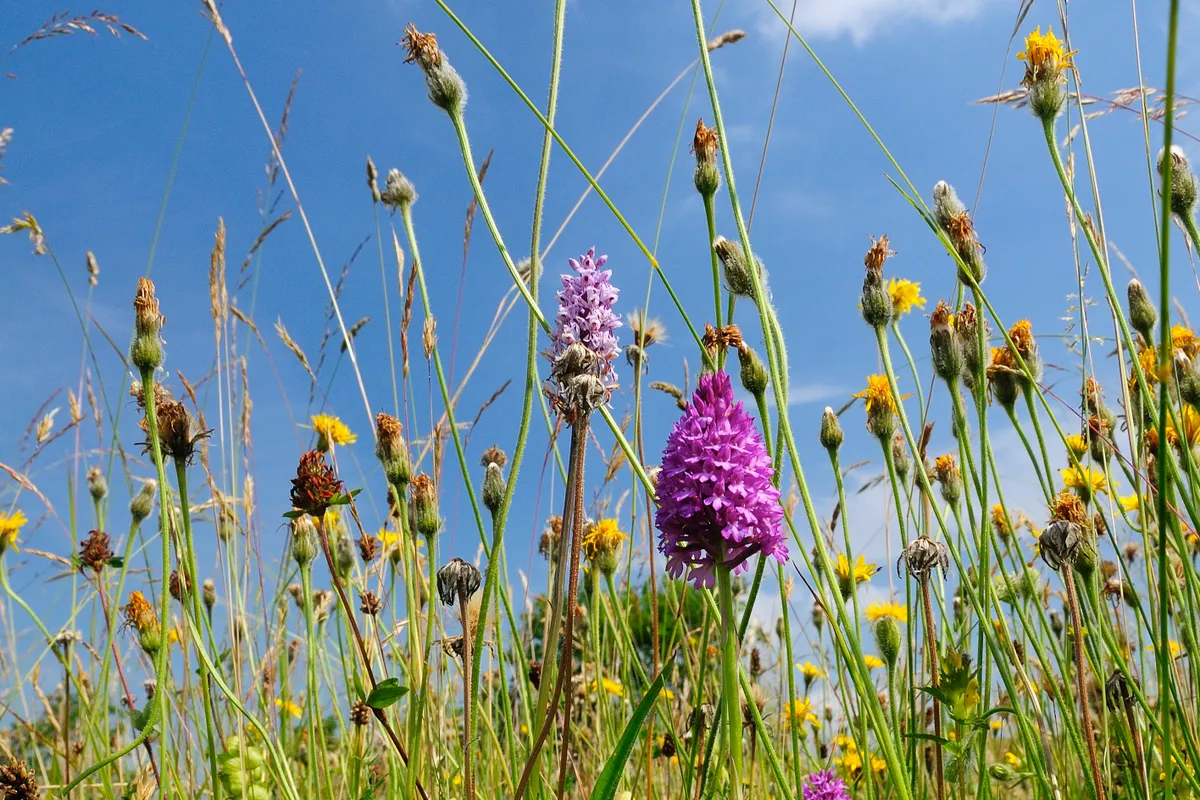
Lousewort (Pedicularis sylvatica)
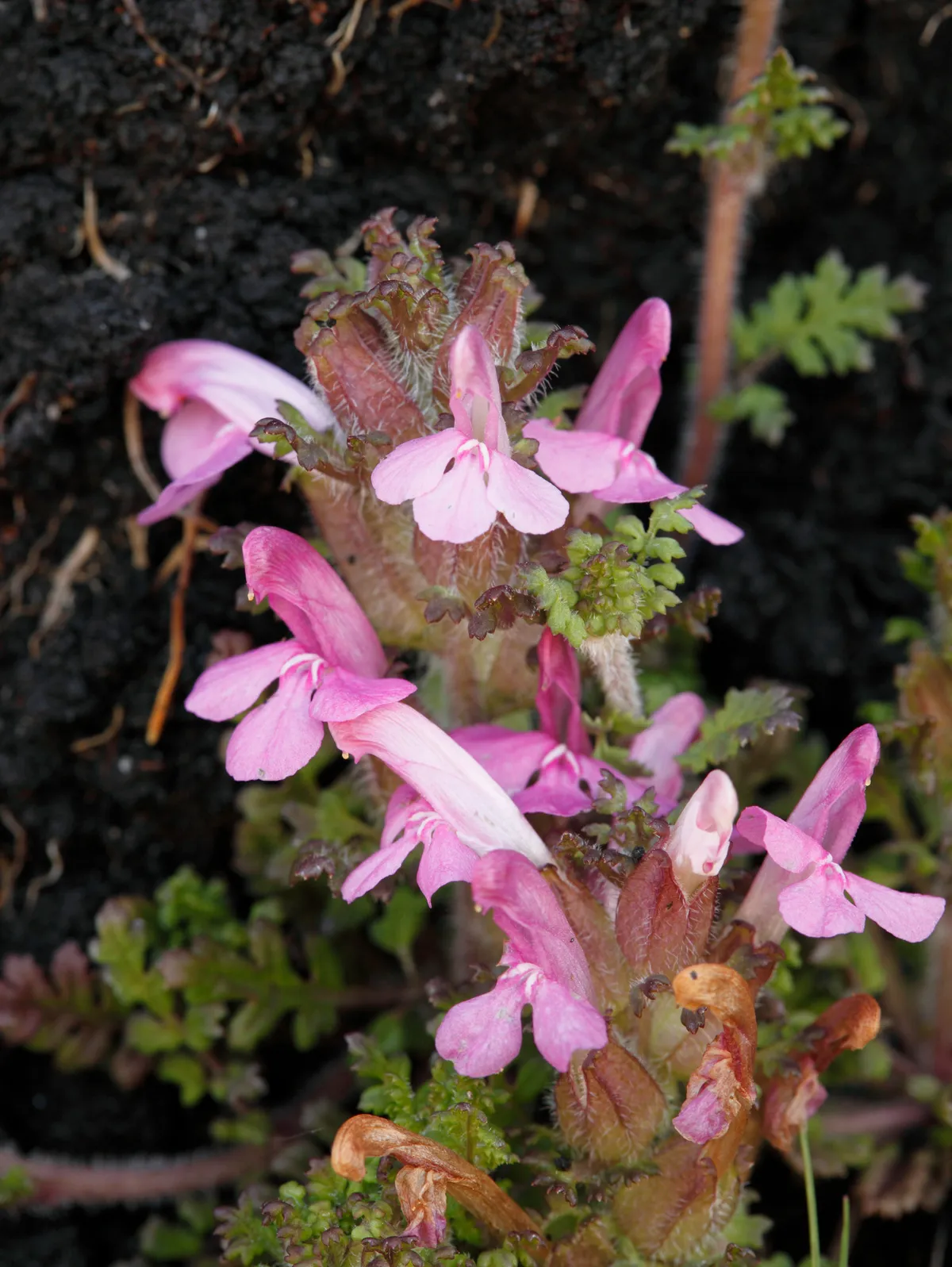
Produces low-growing two-lipped pink flowers from April to July on damp heaths and rough grassland throughout most of the UK.
Common eyebright (Euphrasia nemorosa)
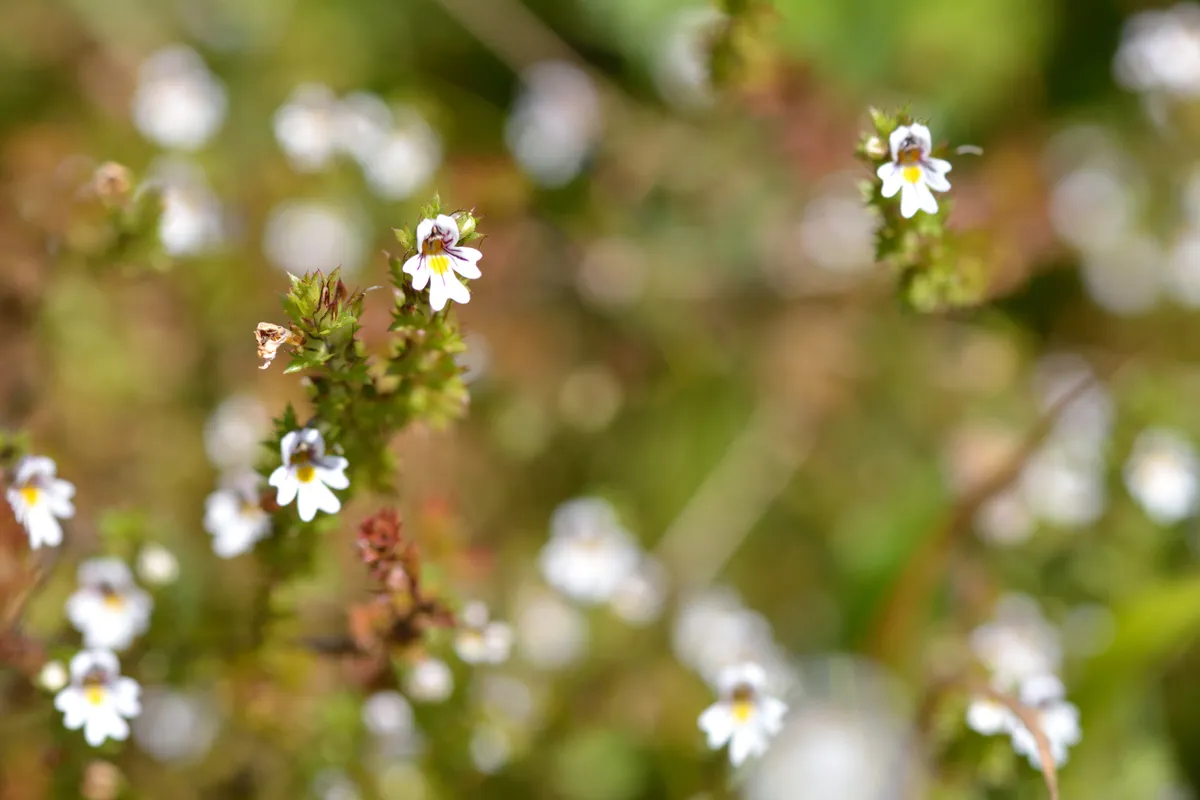
Grows in grasslands throughout the UK, and the tiny dark-veined flowers with a yellow blotch appear from May to September.
Marsh lousewort (Pedicularis palustris)
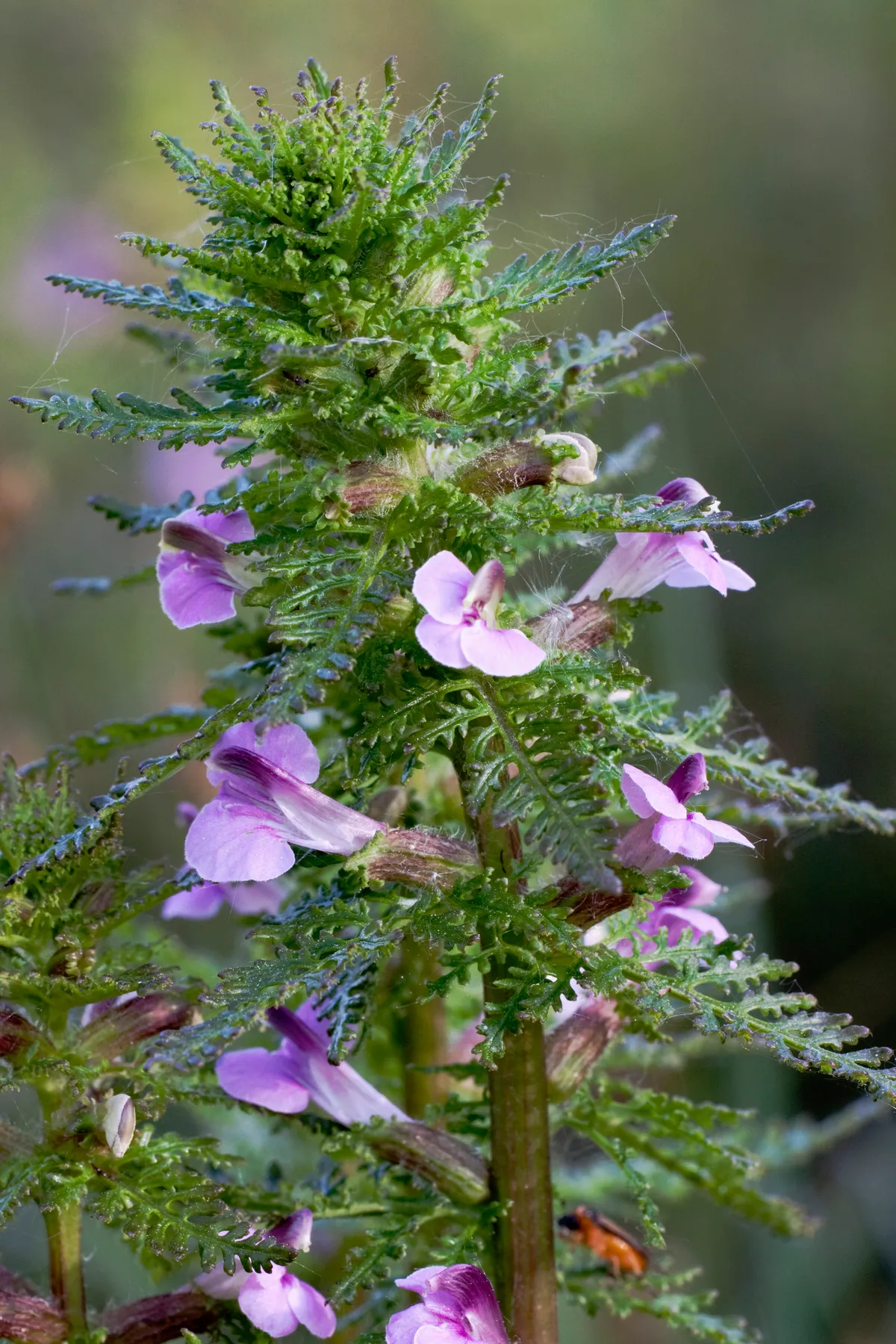
Similar to lousewort but prefers wetter grassland, flowering between May and September in the north and west of the UK.
Common cow-wheat (Melampyrum pratense)
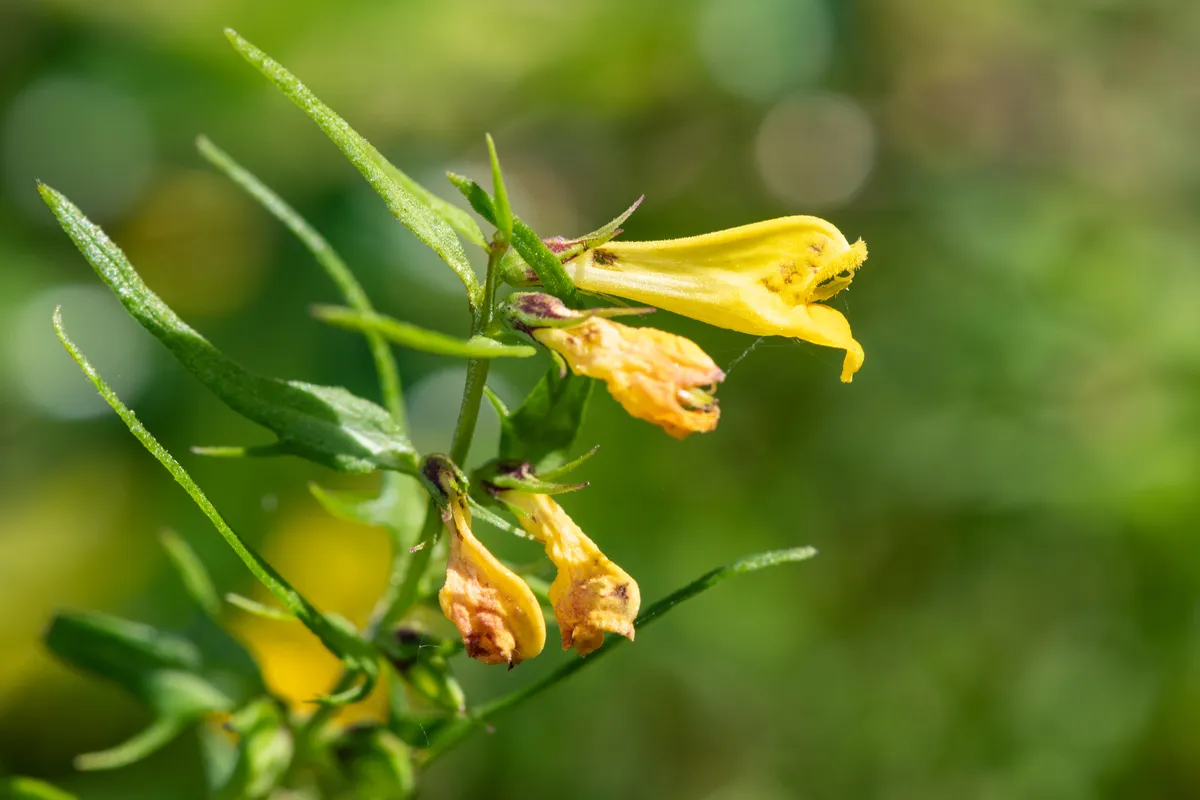
Grows on heaths and in scrubby grassland and woods across the UK, with tubular yellow flowers (below) appearing from May through to September.